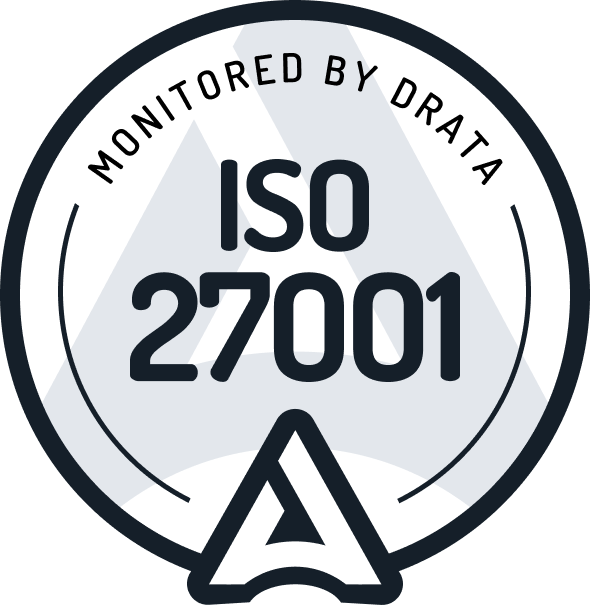Automotive aftermarket is facing a revolution, no need to beat around the bush. The client is changing, with new habits and different expectations; the technologies and even the operators of the field are also changing, due to the arrival of born digital companies. New business models aimed at better meeting the demand of this ever changing sector, are being assessed.
There is no need to quote the crisis that entire production fields had to face (printed news, music industry or simply the large scale distribution), who did not manage to leverage change and had to tragically pay a high cost, just to highlight how facing the looming storm is essential. You need a clear scenario, with risks, opportunities and well defined tools. Because we need to stress that besides risks there are opportunities, which, if well handled, can offer to the operators of this sector meaningful earnings.
30% of Italian dealerships don’t have a website.The Automotive post-sale is still at the beginning of the digitizing process: according to a survey carried out in 2019 by MotorK in Italy, 30% of post-sale service doesn’t have a website and 10% thinks it wouldn’t be useful to the business. And there’s more: among those who have a website, 53% hasn’t arranged an online booking service or maintenance service yet. Besides, 68% of the operators marketing-based investments do not reach 10% of the total budget that is monthly spent on marketing strategy. This is a very short-sighted scenario, especially if we shift our view 10 years forward and we start considering issues that this field will have to deal with in a short time.
Risks and opportunities of the automotive industry aftermarket
According to a recent study carried out by McKinsey, titled “Ready for inspection: The automotive aftermarket in 2030”, the aftermarket sector has a total value of 800 billion euros; this value is destined to grow of approximately 3% every year, until reaching the “scary” figure of 1.200 billions within 2030. An absolutely positive data, that will anyway see some phenomena radically change the market, in a non-homogeneous way in different areas of the world. Among these phenomena we can highlight a few.- The digitalization of some channels and interfaces will reduce the asymmetry of information and will increase transparency, with great benefits for the consumers. It is an already drawn trajectory, but when e-commerce will become a common tool also in this field, things will become much clearer. Garages in the first place, will be able to think about online sale of products and services as a business opportunity to combine with “offline” activities.
- Big Data won’t be a mystery anymore, but will become a concrete tool and will allow more detailed and reliable analysis on behavioral models of users. Thanks to the data that will come from cars, foreseeing the behaviors of those who will drive them will be easier, also thanks to a deeper level of analysis.
- Long term rental services and other “alternative” ways of purchasing will settle – let’s think of car sharing, which is already widespread in our biggest cities – it will have to be thoroughly analyzed and assessed. If these new ways of employing a car will actually not replace the traditional approach in a few years, it is good that we start thinking about the consequences that these phenomena will have on the aftermarket section.
- The increase in popularity of a new generation of vehicles (connected, autonomous, electric and green) will change the way of work for many operators in the industry, demanding higher technical skills, but also new ways of dealing with clients (predictive maintenance of connected vehicles, for example, will offer incredible opportunity to the whole service department).
- New operators will enter the market and they will often be digital born: startups that you have never heard before – but also big operators belonging to fields close to the aftermarket, firstly automotive producers – are already looking for ways to connect the consumers to the service world. This will mean sales experimenting through different channels (e-commerce in the first place), new price strategies and a higher segmentation of clients, that will become the centre of the entire process.








